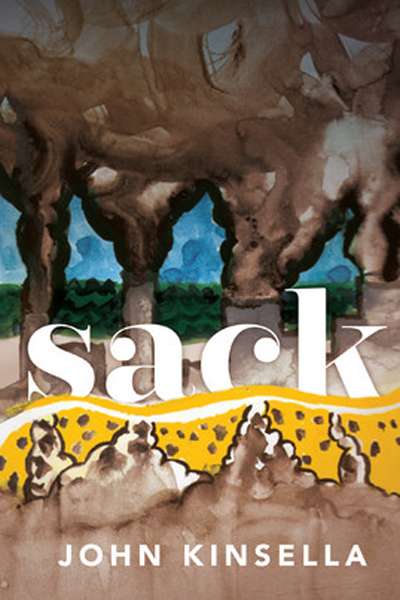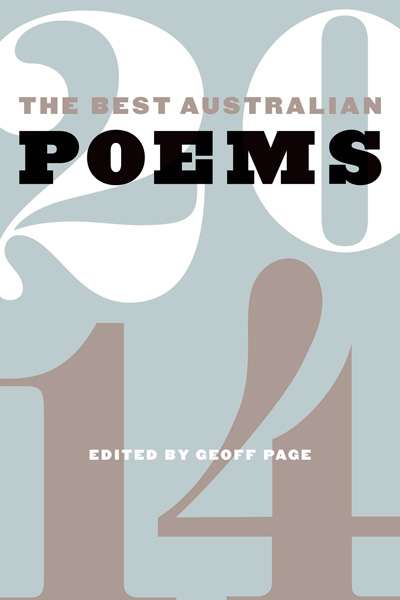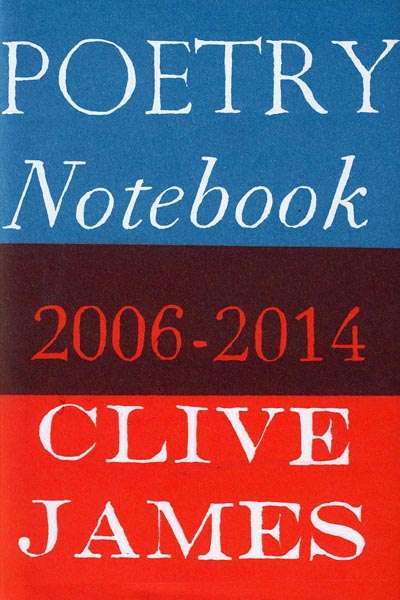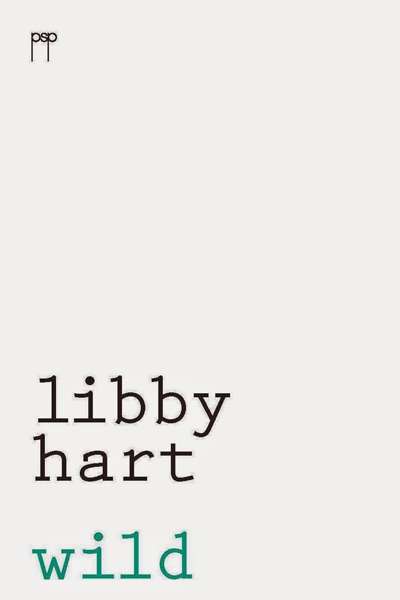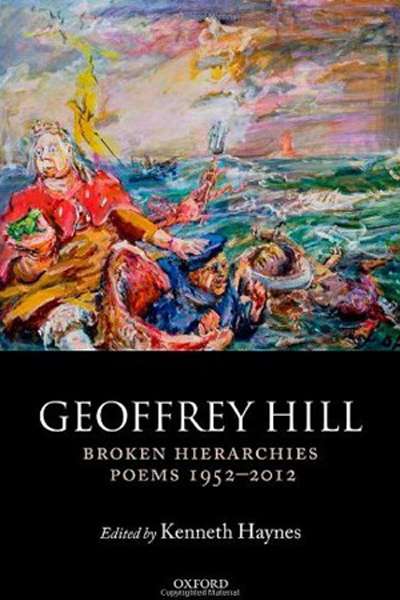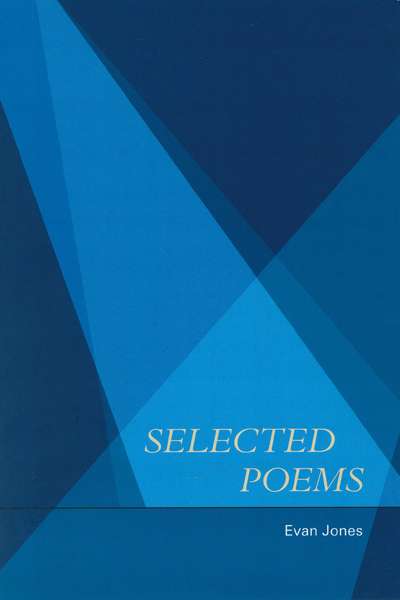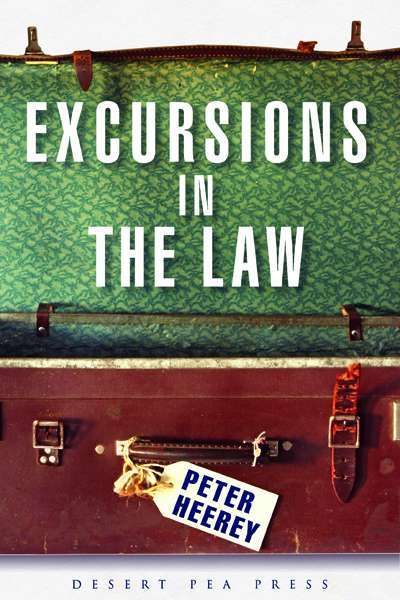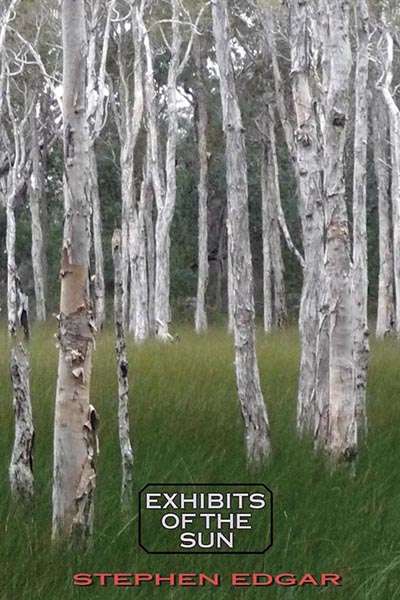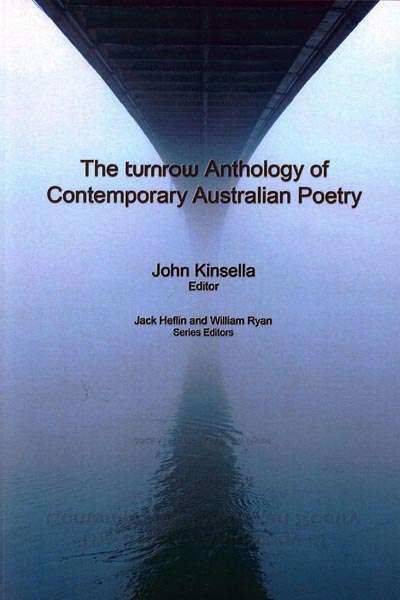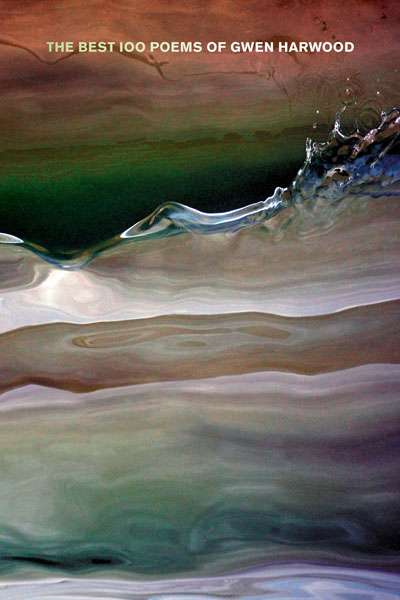Poetry
The eponymous poem in John Kinsella’s latest book recounts a group of teenagers witnessing a sack being flung from a speeding car. The sack, they discover, is filled with tortured kittens. This shocking poem of human cruelty begins a collection concerned with Kinsella’s great themes: the degradation of the environment, human violence (particularly towards animals), and the potential for language – especially poetry – to represent, and intervene in, those things. Despite the extraordinary variety and output of Kinsella’s career so far, his works (poetry, novels, translations, plays, short stories, autobiographies, works of criticism) share a single, ambitious project: to imagine a relationship between political action and literary speech.
... (read more)The Best Australian Poems 2014 edited by Geoff Page
‘Lending printed eloquence to a poem’ comes from ‘Alas’, Chris Wallace-Crabbe’s elegiac tribute to Seamus Heaney. There is eloquence aplenty in this fine collection of more than a hundred and twenty poems edited by poet Geoff Page, someone who understands that eloquence speaks in many tones and in various formal structures. This variety is generously represented here, even if, as a result of Page’s allegiance to ‘a broad church’ of Australian poetry and his wish to represent its full range of tendencies in a way that will speak to a congregation of ‘average reader[s]’, the collection treads lightly in the realm of experimental or avant-garde poetry.
... (read more)Poetry ‘cannot be an ark to help us survive the flood’, wrote Zbigniew Herbert in 1948: ‘It has to be our daily bread, an article of primary need.’ Nothing could be more truly said of Clive James’s approach to poetry. His latest assemblage of essays, reviews, and miscellanea, collected over the years that straddle his diagnosis of leukemia, feel necessary as oxygen. There is a quiet restlessness too: a sense of sorting papers into some final order.
... (read more)Libby Hart’s new collection is ornate and knotty in a way that the reader would never divine from its cover, which is clear and white, with ‘wild’ in plain green typescript. It is essentially a bestiary, with birds of all kinds, as well as other creatures, including humans, in wild places, blown by winds and salt spray, or bringing wildness to ‘settled’ human habitations. There is a kind of emulsion of the direct and the opaque in her style that makes the mythic, fabulous elements appear to flow out of nature, directly, but in fact it is more as if we were in a wunderkammer of natural history, where the labels on the exhibits go beyond the call of duty and try to tell us everything about everything.
... (read more)Broken Hierarchies: Poems 1952-2012 by Geoffrey Hill
In his November 2010 lecture delivered as Oxford Professor of Poetry, Geoffrey Hill tested the idea that poetry might constitute a form of perjury. He acknowledged that ‘this is a deeply pessimistic view: many would say anachronistic’. Showing that language is an imperfect and even fallen medium which presents moral hazards to its users was not, however, the ses ...
Evan Jones’s Selected Poems is more than timely: its author was born in 1931. In an introduction (or ‘Personal Appreciation’), fellow Melbourne poet Alex Skovron complains that ‘Evan’s work has not always received the attention it deserves, especially in recent years’. It is worth pausing a moment to consider why this should be so.
Jones i ...
What’s on a judge’s mind? Litigants and advocates would love to know. Former judge Peter Heerey answers that question in his latest book, a compendium of writing over many years, covering a vast array of topics and in myriad forms.
... (read more)Exhibits of the Sun is Stephen Edgar’s tenth collection of poems. Born in 1951, he is now ripe for a major Collected Poems. With careful pruning of some lesser pieces, such a book will display the full range of his work, which marries virtuosic technique with powerful emotion and intellect.
... (read more)The Turnrow Anthology of Contemporary Australian Poetry edited by John Kinsella
Of all the books published in the United States last year, only three per cent were of foreign origin. This year is hardly likely to be any different. So it is something of a wonder that this considerable and imaginative collection of modern Australian poetry was produced in the unlikely setting of the University of Louisiana. Professors Jack Heflin and William Ryan, who direct the creative writing program there, have a longstanding interest in international literature, and John Kinsella was the natural, if not inevitable, choice as editor of this anthology, which, with 123 poets spread over almost 600 pages, is the most comprehensive collection of contemporary Australian poetry ever published in the United States.
... (read more)The Best 100 Poems of Gwen Harwood by Gwen Harwood, edited by John Harwood
In ‘Late Works’, the last poem in Black Inc.’s new selection of Gwen Harwood’s poetry, a dying poet, determined to pen her ‘late great’ poems, calls from her hospital bed for paper. The nurse, misunderstanding, brings toilet paper, much to the poet’s chagrin. It is a typical Harwood inversion ...
... (read more)

